Birthstones and Their Gold Pairings: The Perfect Jewelry for Each Month
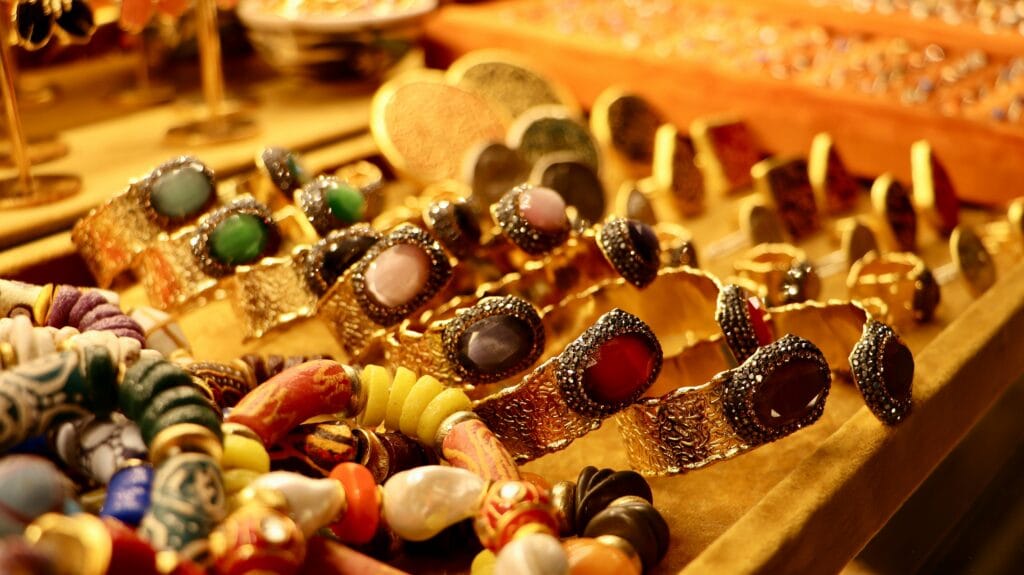
Choosing jewelry is more than just an aesthetic decision—it can be deeply personal. What if you could wear a piece that not only reflects your style but also carries a deeper meaning? That’s where birthstones come in. Each month has its own gemstone, believed to bring good luck, protection, and personal significance to the wearer.
Here’s a fascinating stat: 75% of people buy birthstone jewelry not just for fashion, but because they feel connected to the gemstone’s unique symbolism. Pairing these meaningful gems with gold—one of the most timeless, enduring metals—elevates their beauty even further.
In this guide, we’ll explore the perfect birthstone and gold combinations for each month. Whether you’re gifting a piece of jewelry or adding to your own collection, I’ll show you how to find the ideal match that blends beauty, meaning, and value. Let’s dive in!
Birthstone Chart by Month
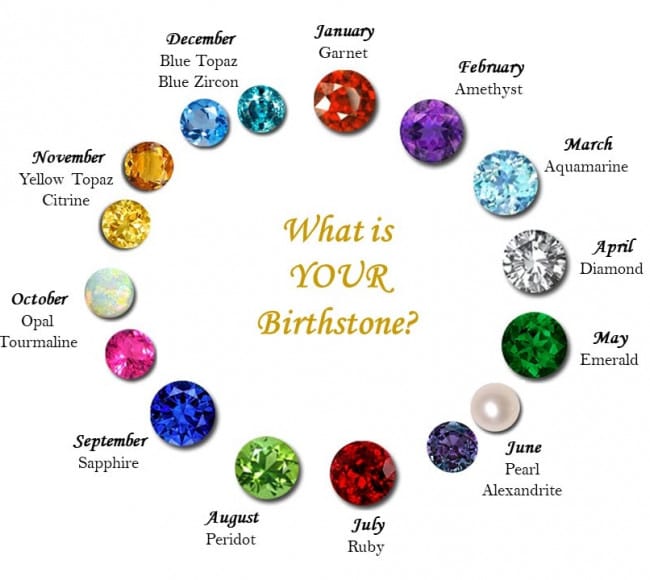
For centuries, jewelry devotees have been captivated by birthstones, which are gems that are unique to each month and represent personal significance and good fortune. From the lustrous pearl to the vibrant peridot and the serene blue sapphire, these precious stones add a touch of magic to any piece of jewellery. In this article, we’ll explore the fascinating world of birthstones, uncovering their rich history and revealing how you can incorporate these meaningful gems into your own designs.
January – Garnet: A Fiery Start to the Year
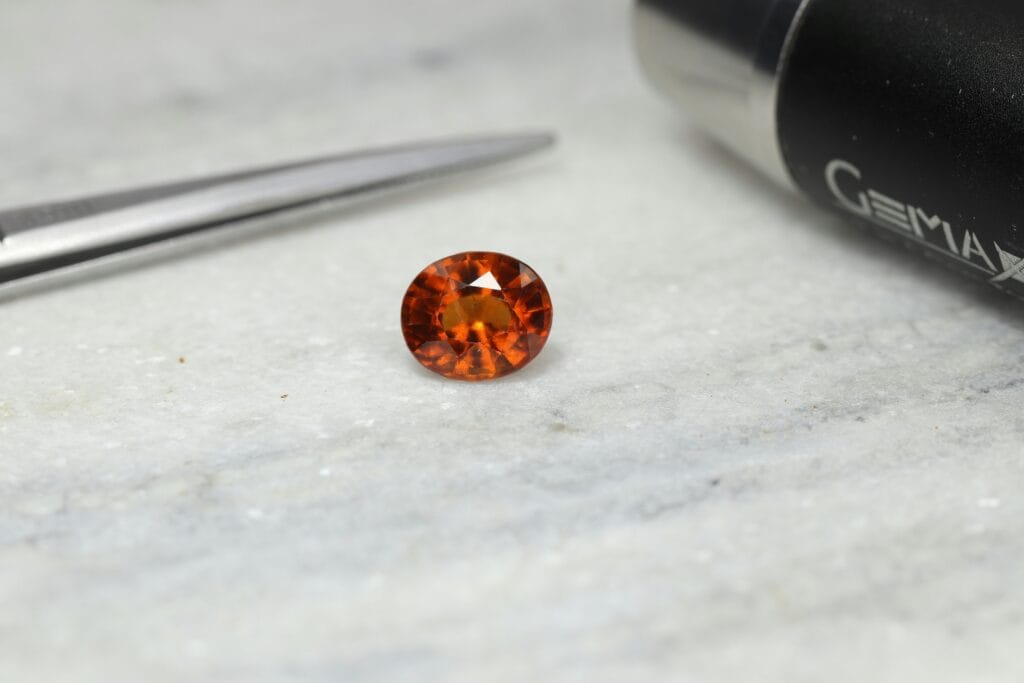
- Best Pairing: Garnet in 18k yellow gold for a bold, classic look.
- Garnet comes in various colours, including red, orange, and green
- It’s believed to promote courage and strength
- Ancient Egyptians used garnet as an inlay in jewellery and carvings
- The name ‘garnet’ comes from the Latin word for ‘seed’, due to its resemblance to pomegranate seeds
March – Aquamarine: A Splash of Cool Serenity
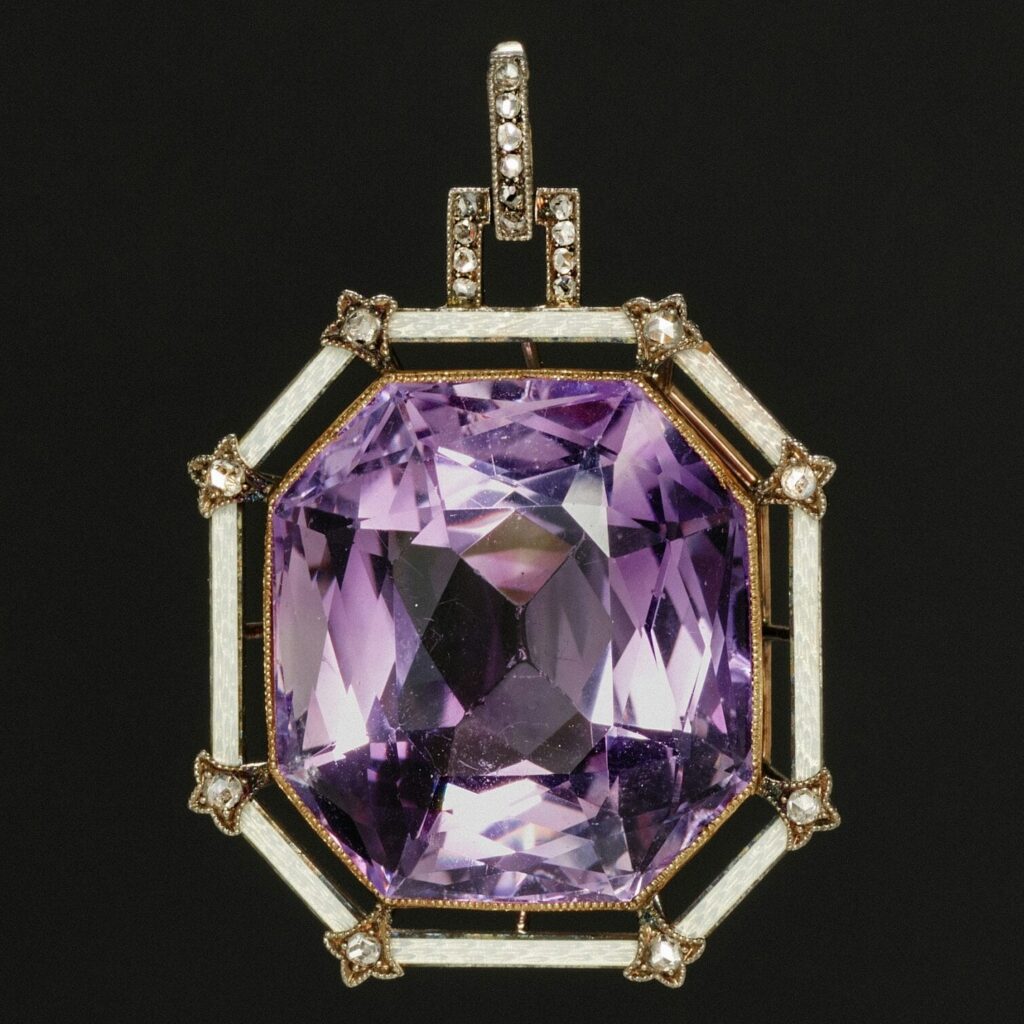
- Best Pairing: Amethyst in rose gold for a delicate, contemporary feel.
- Amethyst comes in various shades of purple, from light lavender to deep violet.
- The name ‘amethyst’ comes from the Greek word “amethystos,” meaning “not intoxicated,”reflecting its ancient association with sobriety.
February – Amethyst: Calming and Elegant

- Best Pairing: Aquamarine in white gold for a modern, serene aesthetic.
- Aquamarine is a light blue to blue-green variety of the mineral beryl
- sailors believed aquamarine was a treasure of mermaids
- The name ‘aquamarine’ comes from the Latin words “aqua” (water) and “mare” (sea), reflecting its ocean-like hue and calming properties.
April – Diamond: Timeless Brilliance
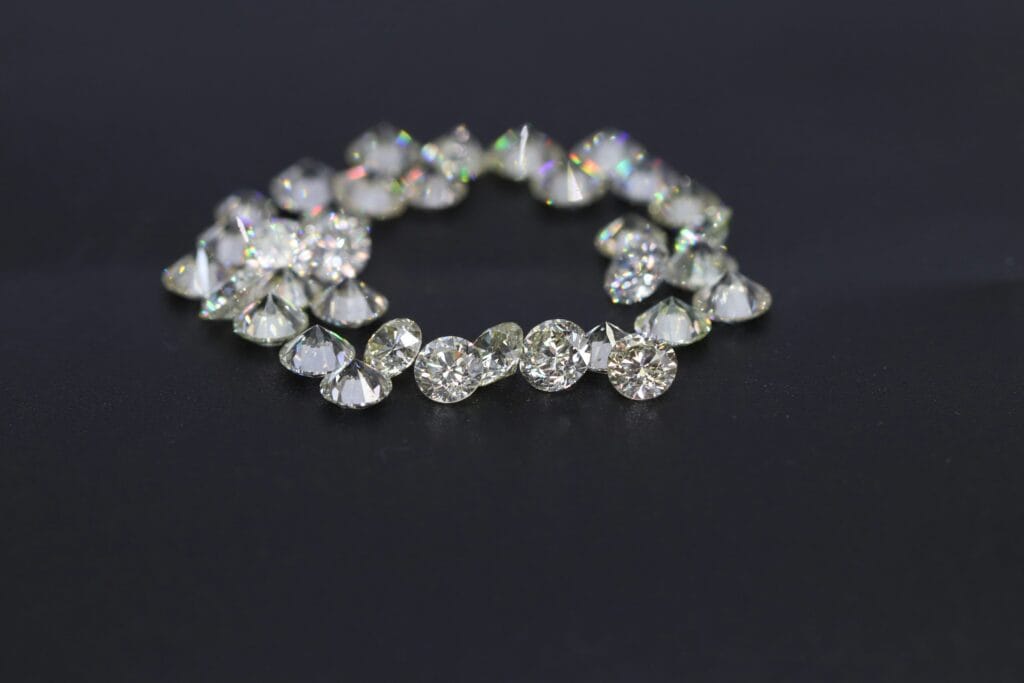
- Best Pairing: Diamonds in yellow gold for an iconic, luxurious look.
- They come in a variety of colours, including yellow, pink, and blue
- The largest diamond ever found was the Cullinan Diamond, weighing 3,106 carats
May – Emerald: Vibrant and Full of Life
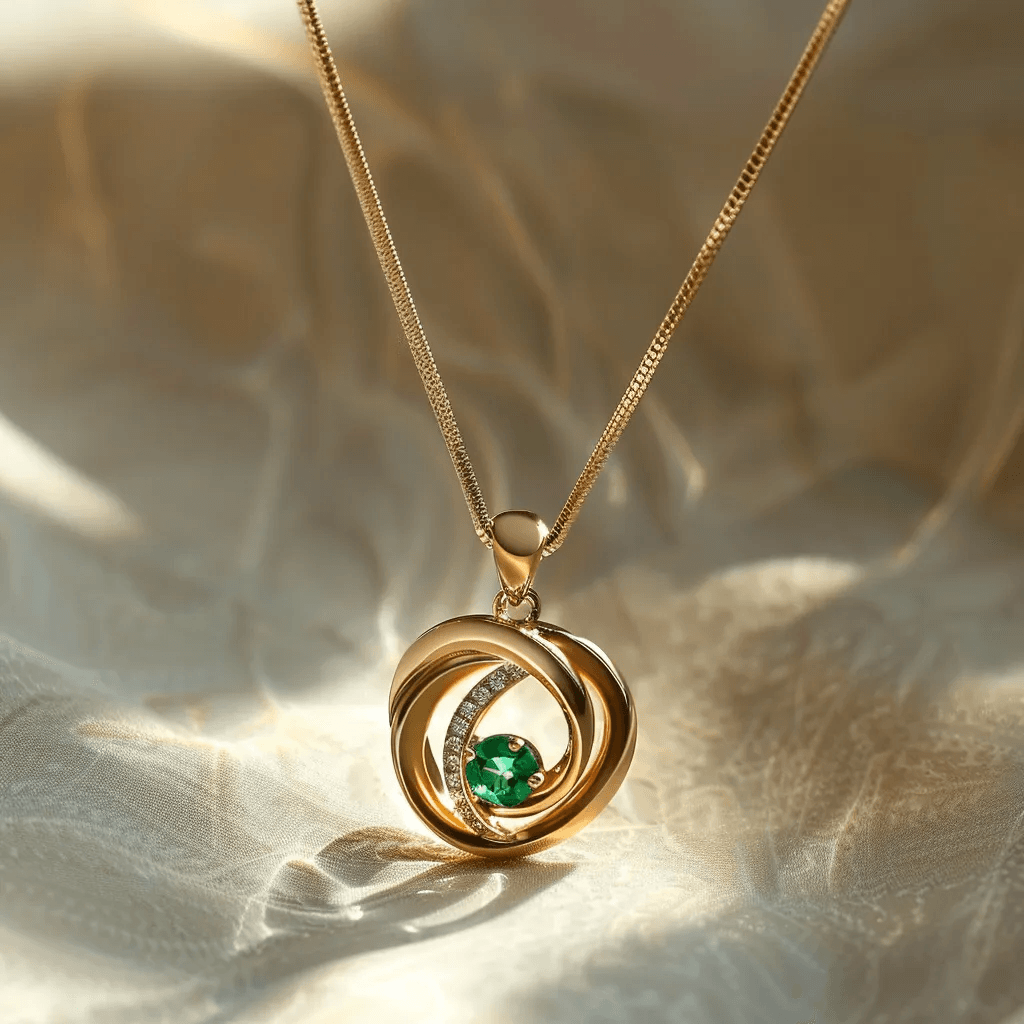
- Best Pairing: Emerald in yellow gold for a regal and striking combination.
- Emeralds are often treated with oil to enhance their clarity
June – Pearl: Timeless Elegance
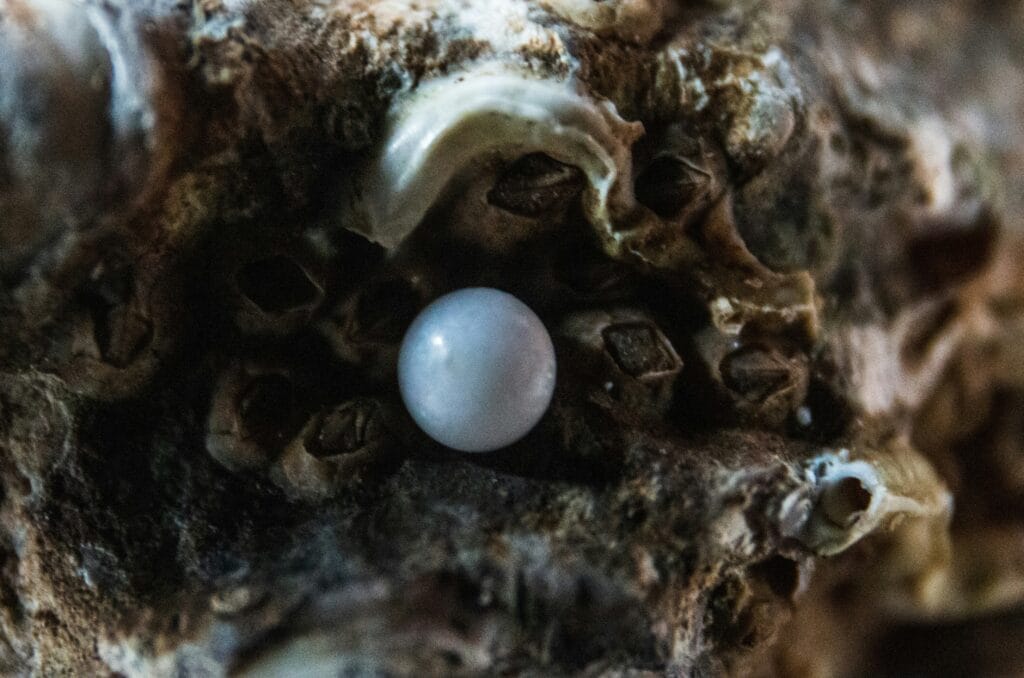
Unlike traditional gemstones, pearls are organic and carry a soft, iridescent glow that symbolizes purity and loyalty. Pearls pair beautifully with yellow or white gold, depending on your style. White gold gives pearls a sleek, modern finish, while yellow gold provides a vintage, classic feel. The understated nature of pearls makes them perfect for everyday wear, particularly in earrings or delicate bracelets.
- Best Pairing: Pearls in white or yellow gold for timeless sophistication.
July – Ruby: Bold and Passionate
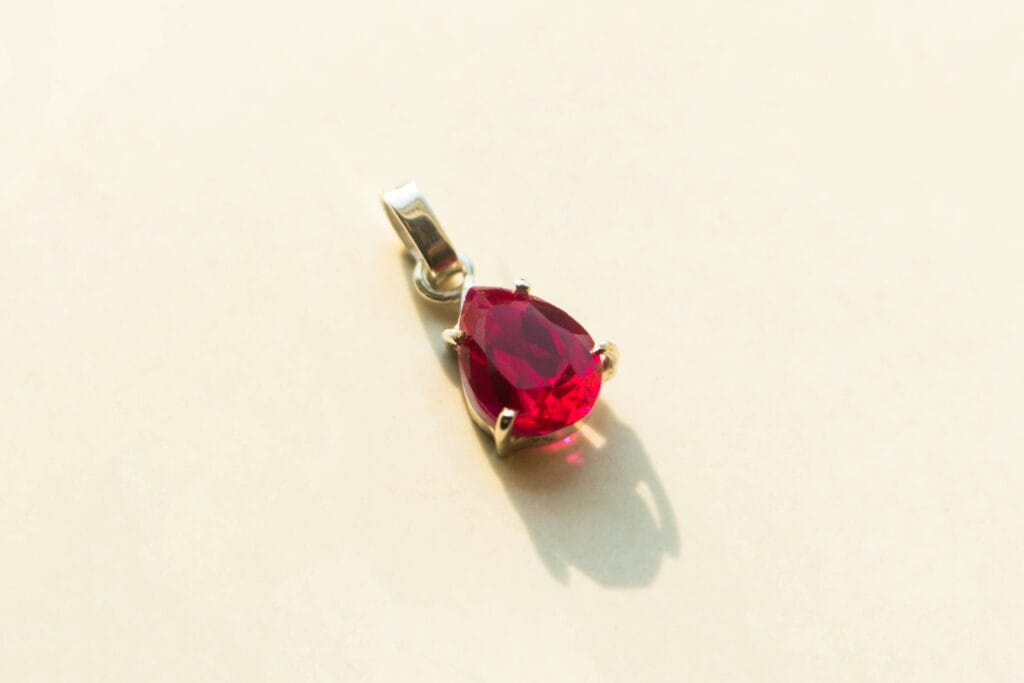
- Best Pairing: Ruby in yellow gold for a bold, captivating look.
- Ruby is a red gemstone and a variety of the mineral corundum, known for its stunning crimson color, which can range from pinkish to deep blood red.
August – Peridot: Nature’s Fresh Green

- Best Pairing: Peridot in yellow gold for a fresh, vibrant look.
- Peridot is a vibrant green gemstone, known for its distinct olive hue, which can vary from yellowish-green to brownish-green, depending on its iron content.
September – Sapphire: Wisdom and Loyalty
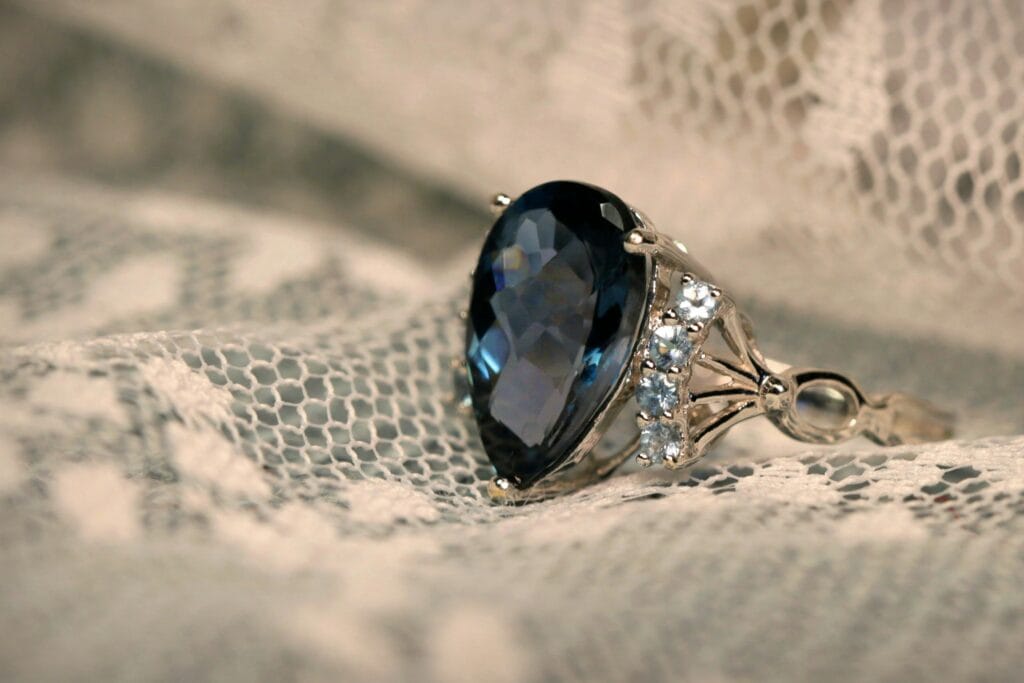
- Best Pairing: Sapphire in white gold for a refined, sophisticated finish.
- They come in a range of colours, though blue is most well-known
- Sapphires are often used in high-end watches due to their scratch resistance
October – Opal: Playful and Mysterious
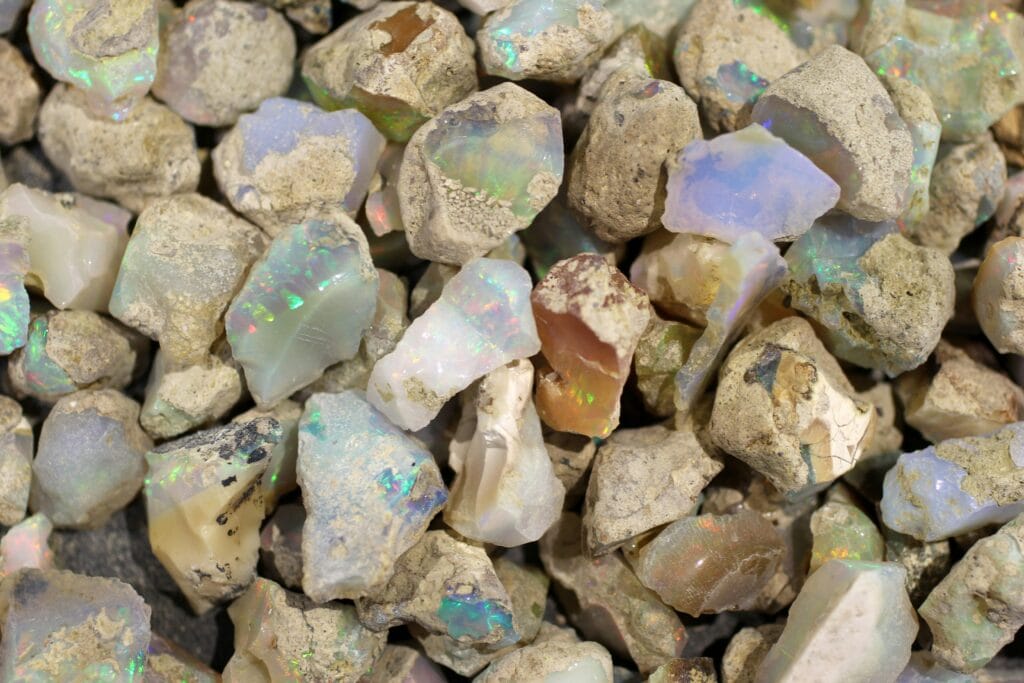
- Best Pairing: Opal in rose gold for an ethereal, whimsical feel.
- Opal is known for its stunning play-of-color, showcasing a unique spectrum of colors
November – Topaz: Warm and Inviting
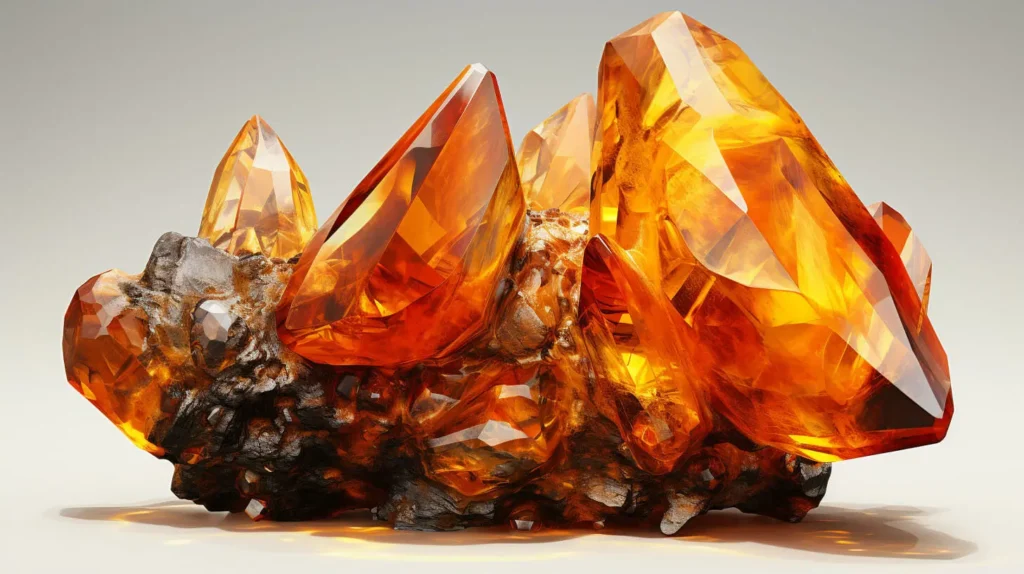
Topaz, especially in its golden-yellow or blue shades, symbolizes affection and strength. The golden hues of topaz are best complemented by yellow gold, which highlights the gemstone’s warmth. Blue topaz, on the other hand, pairs well with white gold for a fresh, vibrant contrast. These versatile combinations work beautifully for rings, earrings, and necklaces.
- Best Pairing: Golden topaz in yellow gold or blue topaz in white gold for a versatile, radiant look.
December – Turquoise: A Splash of Sky Blue

Turquoise, the birthstone for December, is known for its vibrant sky-blue color and symbolizes good fortune and protection. Yellow gold is the perfect complement to turquoise, creating a stunning contrast that highlights the stone’s earthy tones. This pairing is perfect for bohemian-style jewelry, such as statement rings or bold necklaces.
- Best Pairing: Turquoise in yellow gold for a striking, earthy look.
A Brief History of Birthstones
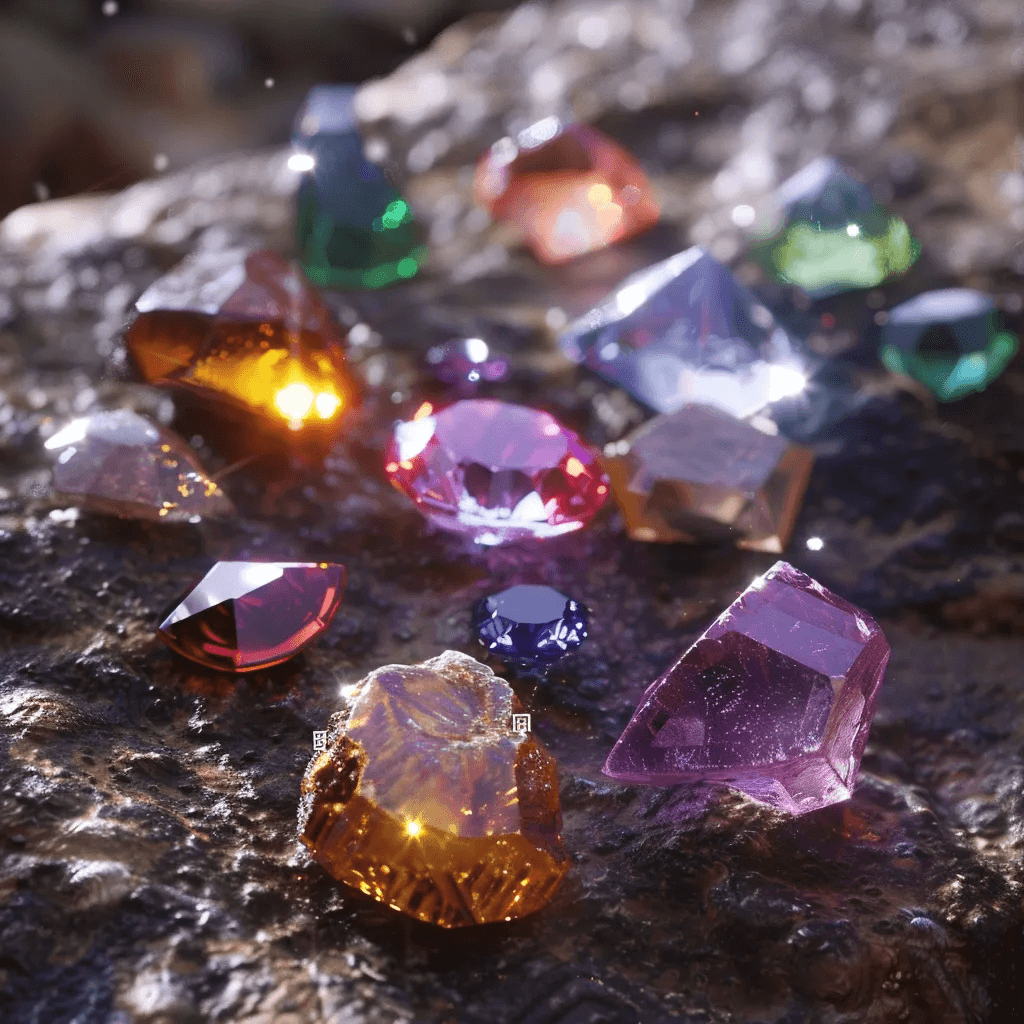
The tradition of birthstones boasts a rich and fascinating history that dates back to ancient times. Its origins can be traced to the biblical breastplate of Aaron, which featured twelve gemstones representing the twelve tribes of Israel. These stones were later linked to the zodiac and the months of the year, laying the groundwork for the concept we recognize today.
In 1912, the National Association of Jewelers in the United States standardized the modern birthstone list, which includes well-loved gems like garnet for January, emerald for May, and sapphire for September. Over the years, some months have adopted multiple birthstones, offering more affordable alternatives for those looking to celebrate their birth month.
What I find particularly fascinating is how the list has evolved to embrace both traditional and modern options. For instance, while October’s birthstone was traditionally opal, tourmaline has recently been introduced as an alternative. Meanwhile, April’s birthstone—the coveted diamond—remains unchanged, reflecting its enduring popularity and symbolic significance.
Today, birthstones serve as a personal and meaningful way to celebrate one’s birth month. Often incorporated into jewelry and given as cherished gifts, they carry sentimental value and are believed to possess metaphysical properties. The tradition of birthstones continues to evolve, adapting to changing tastes and the availability of gemstones, ensuring their relevance for generations to come.
Birthstones are gemstones that are traditionally associated with each month of the year. Each stone is believed to carry unique meanings and metaphysical properties.
The modern birthstone list was standardized in 1912 by the National Association of Jewelers in the United States. This list includes popular gemstones for each month.
Yes, some months have multiple birthstones to offer alternatives for different tastes and budgets. For example, October includes both opal and tourmaline as options.
Absolutely! Birthstones can be incorporated into various types of jewelry, including rings, necklaces, bracelets, and earrings, making them versatile and meaningful gifts.
Care for birthstone jewelry depends on the specific stone. Generally, it’s best to clean them with a soft cloth, avoid harsh chemicals, and store them separately to prevent scratching. Always check the care recommendations for the specific gemstone.
